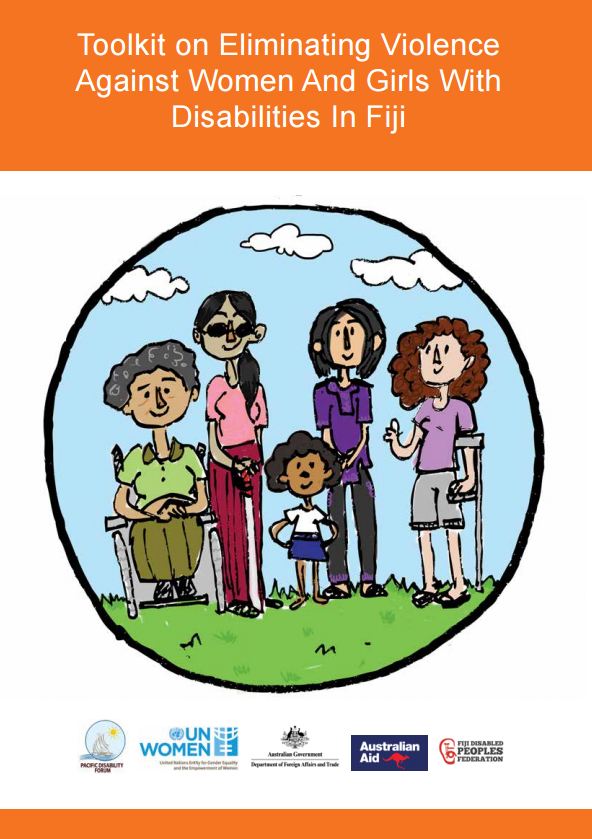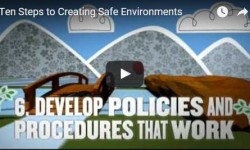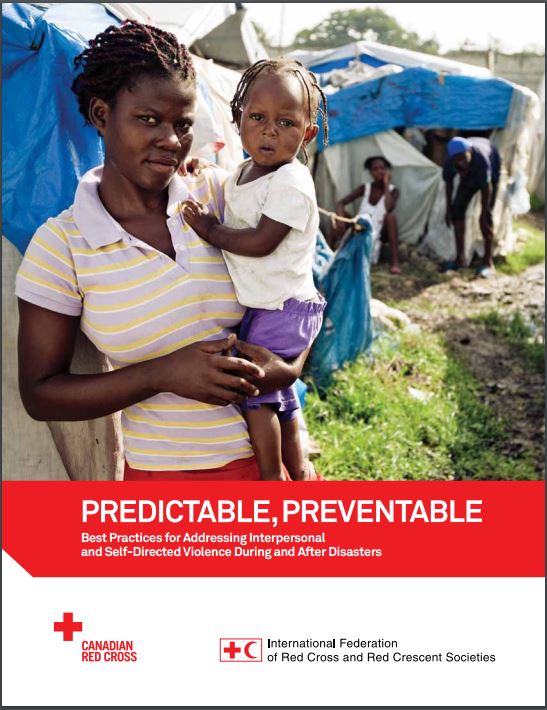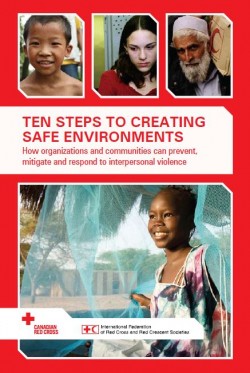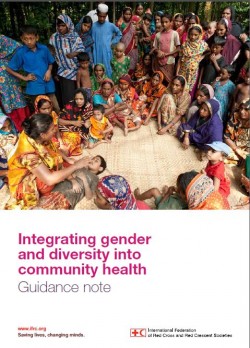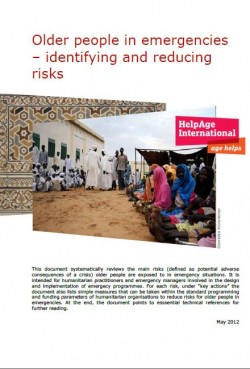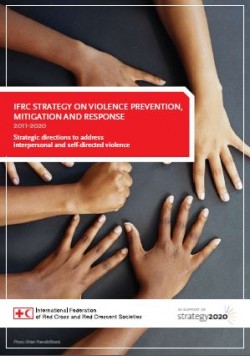Purpose
This toolkit seeks to: raise awareness on violence against women using a human rights-based approach, increase understanding of the barriers faced by women and girls with disabilities that experience violence, and show people how they can assist in the elimination of violence against women.
This toolkit contains five modules with facilitator notes, additional information and worksheets to run the sessions. It also contains checklists that can be used in programme assessment and planning for disability inclusion. The modules cover: human rights; disability; gender; violence against women and girls with disabilities; and action planning for inclusion.
Overview
- Types of violence include: physical violence; sexual violence; social- economic violence; and emotional violence. The consequences of violence are long-lasting, reach into all aspects of women’s lives, and can include permanent disability or death through homicide, suicide or through reduced life expectancy due to illness. While emotional violence is often considered ‘not serious’ or ‘normal’, the consequences are serious and long-lasting.
- Domestic violence occurs because men feel entitlement over women and because the community does not value women and men equally. This difference in status is the root cause of domestic violence.
- Appendix 1 contains a disability inclusive practice checklist.
Usage: Training
Audiences: Technical staff, Gender and diversity practitioners
Reference: Pacific Disability Forum (PDF) (2014). Toolkit on Eliminating Violence against Women and Girls with Disabilities In Fiji (pp. 1-170). Available from: http://www.pacificdisability.org/getattachment/Resources/PDF-Resources/Toolkit-on-Eliminating-Violence-Against-Women-And-Girls-With-Disabilities-In-Fiji-(1).pdf.aspx [Accessed 8 January 2016].
![]()


